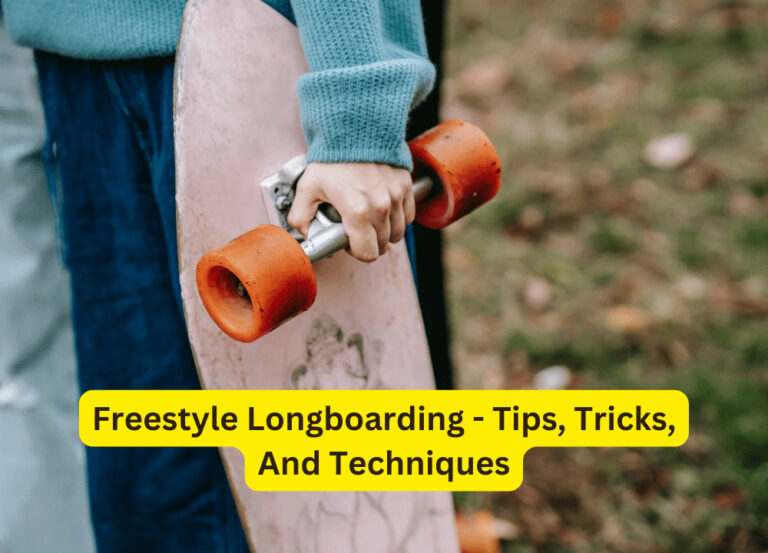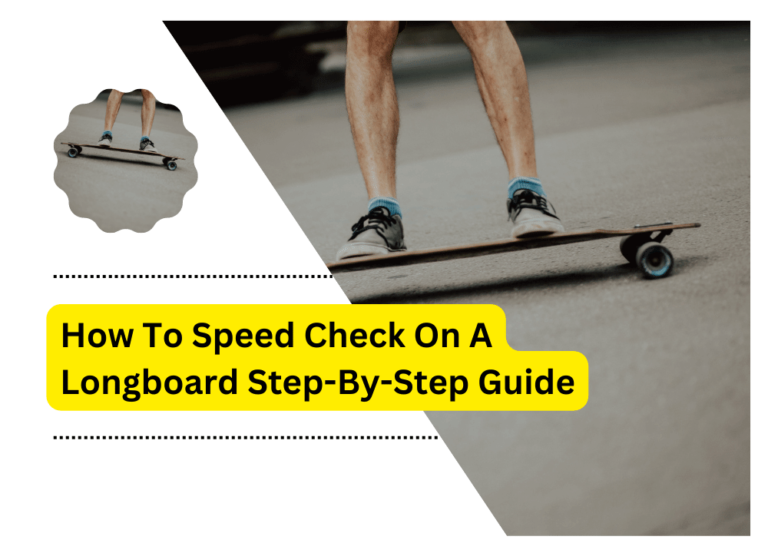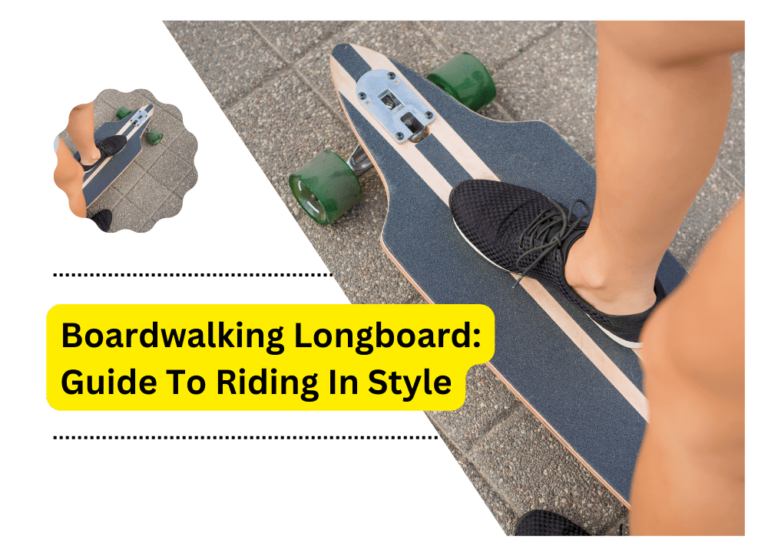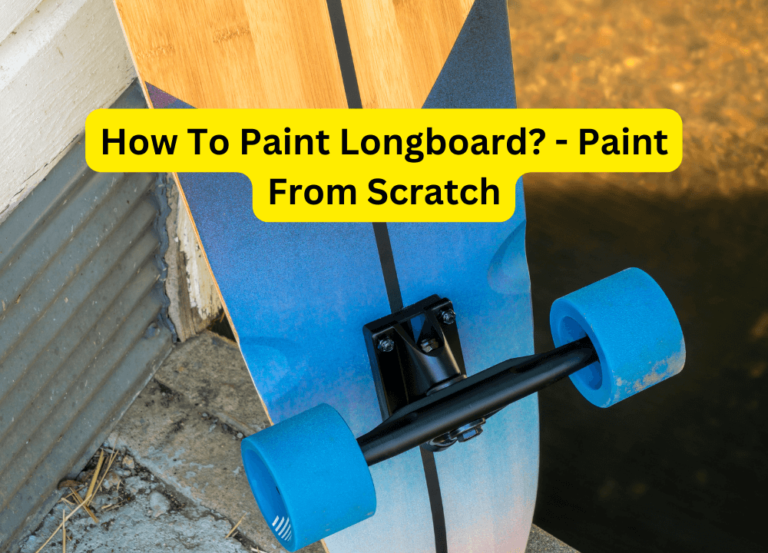Master The Art: How To Carry A Longboard Like A Pro?
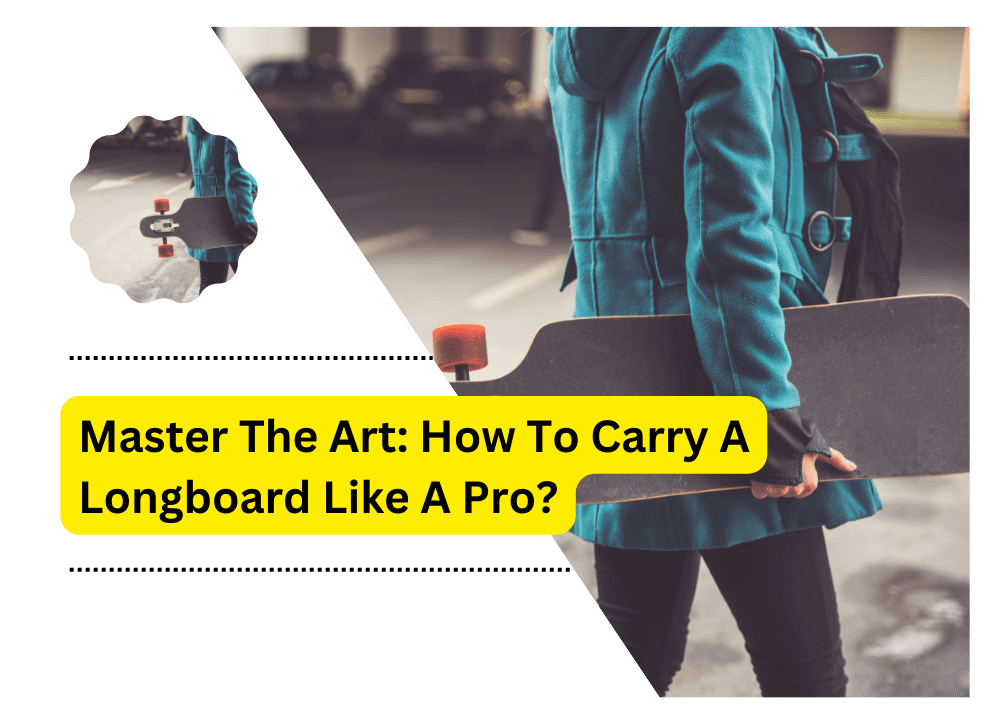
Longboarding is growing and has become a popular form of transportation, sport, and hobby. Knowing how to carry your board correctly can be the difference between looking like a pro and making it look effortless or struggling with your board awkwardly through crowded streets. Whether you are a beginner or an experienced longboarder, this guide will help you to learn how to carry a longboard.
Popularity of longboarding
Longboarding has grown exponentially in the past few years due to its convenience and practicality. Many have embraced it as a form of transportation, sport, and hobby for people of all ages. Thanks to its popularity, more people are interested in adequately carrying their boards for fashion and safety reasons.
The Importance of carrying a longboard properly
The proper technique for carrying your Longboard is essential to ensure you and your board remain safe. A great way to prevent injury or damage to yourself and those around you is by having a secure grip on your board while walking. This also makes it less likely that someone will accidentally trip on or bump into your board, which can cause serious injury.
How to carry a longboard properly
There are two primary ways to carry your board: the “over-the-shoulder” and the “on-the-shoulder” methods. Both methods require good grip strength and balance, so practice proper form before having your Longboard.
Longboard Backpack
One of the most popular methods for carrying a longboard is using a backpack specially designed for longboarding. These backpacks are usually made from durable materials such as canvas or nylon and often feature padding to provide extra protection and comfort while carrying your board.
Backpacks also make it easier to keep your hands free as you have your board, which is especially helpful when using your phone or carrying other items.
Over the Shoulder Method
The over-the-shoulder method is a great way to carry your board when you’re going long distances. Stand with your feet shoulder-width apart and place one hand under the middle of the board, with your other hand on top. Bend your knees slightly and then lift the board against your body while keeping your arms close to the board. This will help you balance and evenly distribute the board’s weight across both shoulders.
On-the-shoulder Method
The on-the-shoulder method is best for short distances or in a hurry. Start by standing with your feet slightly wider than shoulder-width apart, then lift the board with one hand and place it on your shoulder. Maintaining a firm grip with both hands to ensure the board is secure.
Safety Tips
It’s essential to remain aware of your surroundings when carrying a longboard. Avoid overloading yourself with too many items, as this can affect your balance and potentially lead to an accident. Additionally, look out for other pedestrians and obstacles while carrying your board, as it can be easy to overlook them in a rush.
Tips for New Longboarders
New to the world of longboarding? Here are some tips on how to get started:
- Invest in a quality board that fits your body size and riding style.
- Learn the basics of longboarding by practicing on a flat, smooth surface.
- Get comfortable with pushing off and turning before trying tricks or going downhill.
- Wear protective gear like a helmet, pads, elbow, and knee guards to stay safe while riding.
- Familiarize yourself with local laws and regulations related to longboarding.
- Remember to have fun! Longboarding is a great way to explore the outdoors and have fun with friends.
Upkeep and maintenance for your Longboard
Regular maintenance and upkeep are vital in ensuring your Longboard stays in top condition. Here are some essential tips for keeping your board in good shape:
- Regularly clean and wax the deck to avoid dirt and debris buildup.
- Inspect the wheels, bearings, truck bolts, and other longboard parts that may need repair or replacement.
- Tighten all screws and nuts regularly to prevent wobbling or rattling.
- Store your board in a cool, dry place when not in use to prevent warping.
- Take care of any minor damage right away to avoid further complications.
FAQs
A: The best way to carry your board is using either the over-the-shoulder or on-the-shoulder method. Both techniques require good balance and grip, so practice them until you’re comfortable having your board this way.
A: You should clean and wax your board at least once a month to keep it in top condition. This will help prevent dirt and debris from building up on the deck and give it some extra shine!
A: Yes, it’s essential to wear protective gear like a helmet, elbow/knee pads, and gloves while riding. This will help protect you from bumps or falls while practicing tricks or going downhill.
A: This depends on the laws and regulations in your area. Check with local authorities before riding your board in public places or streets.
Final Thought
No matter what type of rider you are, learning how to carry a longboard properly is essential to longboarding safety. You can easily take your board without any hassle or injury with the proper techniques and practice. Remember these tips, and have a safe and enjoyable longboarding experience!
Learning to carry your Longboard correctly is vital to staying safe and looking like a pro on the streets. You’ll soon become an expert in Longboard carrying with practice and dedication. Remember to keep your board secure and maintain good balance and grip to enjoy a safe and stylish ride.

